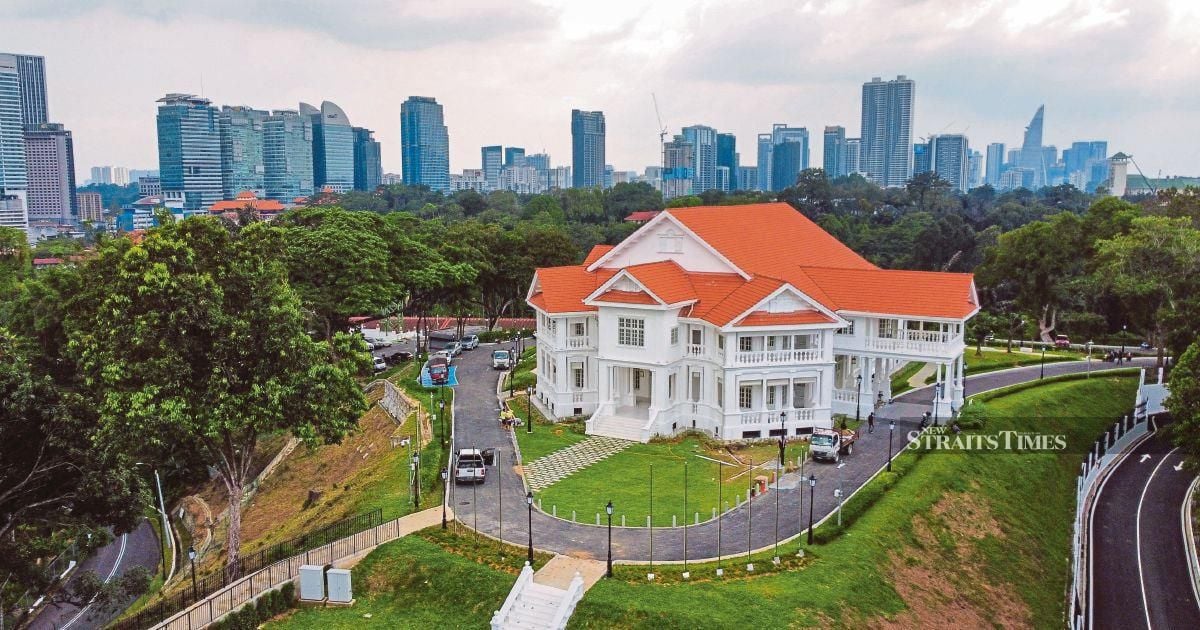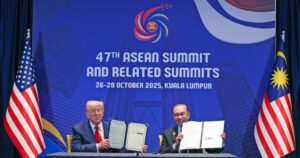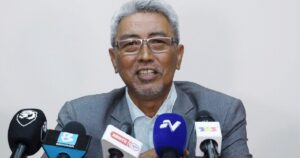KUALA LUMPUR: Khazanah Nasional Bhd’s (Khazanah) investment in the restoration of Carcosa Seri Negara and the Sultan Abdul Samad Building is expected to attract private investors and further stimulate economic activity in the surrounding areas.
Amid some criticism of the investment, Treasury secretary-general Datuk Johan Mahmood Merican said the project would also “revive” Kuala Lumpur’s heritage precincts.
He noted that Khazanah’s investment of approximately RM600 million is part of the broader Warisan KL initiative.
“The government’s commitment to revitalising heritage areas in the capital does not stop here. Future plans also include enhancements to the Dayabumi Complex and the conservation of the iconic Kuala Lumpur Railway Station,” he said.
Johan stressed that government-led heritage restoration through government-linked investment companies (GLICs) has significantly boosted private sector confidence.
“Alongside Permodalan Nasional Bhd (PNB), which restored Merdeka Stadium and Stadium Negara near Merdeka 118, these efforts have given investors confidence to invest in key areas such as Lebuh Ampang and Petaling Street.
“The surrounding areas have also seen positive changes. Petaling Street, for example, is no longer just a street market but has become a hub for boutique hotels with room rates up to RM1,000 per night,” he said in a recent interview.
According to Johan, the presence of Merdeka 118 and the restoration of Merdeka Stadium and Stadium Negara have attracted private investment, with hundreds of millions of ringgit being invested in heritage shoplots along Lebuh Ampang, transforming them into cafes and other trendy establishments.
The area has evolved into a hipster hub, offering a mix of new shops and cafes, making it an attractive tourism destination.
Other tourist hotspots, such as Central Market KL, which were once quiet, are now vibrant and bustling.
Johan emphasised that the GLICs’ strategic investments are not intended to crowd out the private sector, but rather to attract private investment by reassuring investors that the government is committed to restoring heritage buildings and revitalising surrounding areas.
“When the government demonstrates commitment by spending funds to beautify and restore these areas, the private sector becomes more confident to invest.
“The economic impact of heritage site restoration is expected to draw in further investments,” he said.
In the 2026 Budget presentation last month, Prime Minister Datuk Seri Anwar Ibrahim highlighted that nearly four decades ago, the government negotiated the return of Carcosa Seri Negara from the British — a historic building symbolising national dignity and sovereignty.
He also noted that the Sultan Abdul Samad Building witnessed the history of the Malay Rulers and the lowering of the Union Jack.
Khazanah’s restoration efforts extend to the Kuala Lumpur Railway Station and the Dayabumi Complex.
PNB’s Merdeka 118 development will include the opening of a Textile Museum next year to showcase Malay world textiles, alongside the conservation of Merdeka Stadium and Stadium Negara.
Built in 1896 by Sir Frank Swettenham, the first British Resident-General of the Federated Malay States, Carcosa Seri Negara became his official residence in 1904. The historic building also witnessed the signing of the Federation of Malaya Agreement in 1957.
With Khazanah’s restoration, Carcosa Seri Negara is set to become an inclusive eco-cultural destination, featuring galleries, storytelling spaces, and community activities.
By combining heritage, biodiversity, and creativity, the site aims to offer an immersive experience and strengthen its role in shaping the cultural and ecological future of Kuala Lumpur.
© New Straits Times Press (M) Bhd




![FIFA upholds sanctions against FAM and seven naturalised players [WATCH]](https://prwire.my/wp-content/uploads/2025/11/FIFA-upholds-sanctions-against-FAM-and-seven-naturalised-players-WATCH-300x158.jpg)

